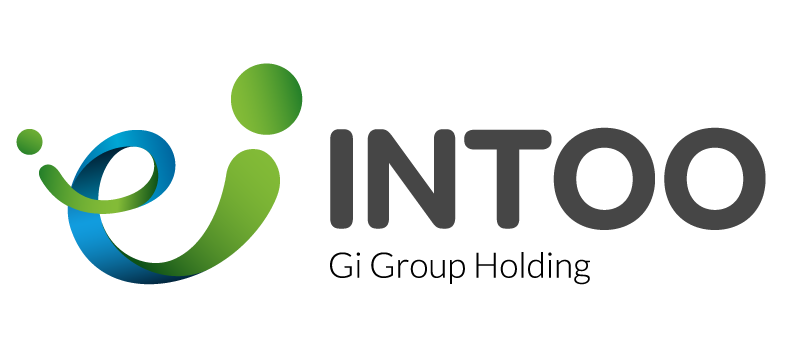Agile. Lean. Incremental. Adaptive. The way businesses manage performance has been transformed in recent years.
Companies are rethinking annual performance reviews, shifting how they approach discussions, objectives, and key results (OKRs), and recognizing the impact that annual appraisals have on employee engagement and company culture.
Continuous performance management (CPM) uses this forward-looking perspective.
Continuous Performance Management (CPM) Explained
Continuous performance management is a modern approach to employee evaluation that focuses on helping team members grow, improve, and take charge of their own development.
In a culture of CPM, feedback moves away from annual reviews, is given in real-time, and can be positive, helpful, or corrective. This feedback happens regularly and informally, encouraging employees to learn and grow, helping improve goal-setting, and giving team members immediate recognition of achievements.
Companies that use continuous feedback help build a mindset focused on growth and improvement. They also improve communication and coaching between employees, managers, and leaders.

What Are the Benefits of Continuous Performance Management?
Continuous performance aligns well with the dynamic nature of today’s business environment. Here are six key points on how CPM can be applied in the workplace and its benefits:
- Regular check-ins: Managers and employees engage in frequent one-on-one meetings, typically weekly or bi-weekly. These sessions focus on current projects, goals, and any challenges faced. This ongoing dialogue ensures timely feedback and support, allowing for quick course corrections and preventing small issues from escalating.
- Agile goal-setting: CPM enables organizations to set and adjust goals more flexibly. As business priorities shift, employees can realign their objectives accordingly, ensuring their work remains relevant and impactful. This agility is crucial in rapidly changing markets and helps maintain organizational responsiveness.
- Real-time feedback: CPM encourages a culture of immediate, constructive feedback. Employees can receive recognition for their achievements promptly, while areas for improvement are addressed without delay. A timely approach to feedback accelerates learning and development.
- Enhanced employee engagement: CPM significantly boosts engagement levels by fostering open communication and demonstrating a commitment to employee growth. Employees feel more valued and supported, increasing job satisfaction and motivation.
- Data-driven performance insights: CPM often leverages technology to continuously track and analyze performance data. This gives managers and HR leaders rich, real-time insights into employee performance trends, enabling more informed decision-making regarding talent management.
- Improved talent development: The ongoing nature of CPM allows for more effective identification of skill gaps and high-potential employees. This information can create targeted development plans and support succession planning efforts.
CPM impacts employees by giving them clearer direction, more frequent recognition, and opportunities for continuous growth. For organizations, CPM leads to a more agile, engaged, and high-performing workforce.

5 Steps to Create a Continuous Performance Management Strategy
Here are five steps to create an effective Continuous Performance Management (CPM) strategy:
1. Secure leadership buy-in and alignment
Business leaders must champion the shift to CPM by clearly articulating its benefits and aligning it with organizational goals. This involves educating executives on how CPM supports agility, employee engagement, and overall performance. Leaders should model the desired behaviors, such as giving frequent feedback and having regular check-ins with their direct reports.
2. Train managers on effective feedback and coaching
Equip managers with the skills needed to conduct productive performance conversations. This includes training on active listening, providing constructive feedback, and setting SMART goals. Emphasize the importance of regular check-ins and how to make these meetings valuable for the manager and the employee. Leaders should ensure that managers understand their crucial role in driving the success of CPM.
3. Implement a user-friendly technology platform
Select and deploy a CPM software solution that facilitates easy goal-setting, feedback sharing, and performance tracking. The platform should be intuitive and accessible to all employees, encouraging frequent use. Business leaders should involve IT and HR in the selection process to ensure the chosen solution integrates well with existing systems and meets organizational needs.
4. Establish a cadence of regular check-ins and feedback
Create a set frequency for performance conversations, such as weekly or bi-weekly check-ins between managers and employees. These should focus on progress toward goals, addressing challenges, and providing timely feedback. Leaders should set expectations for the timing and quality of these interactions and monitor compliance across the organization.
5. Foster a culture of continuous improvement
Encourage ongoing learning and development as part of the CPM process. This involves linking performance discussions to career growth opportunities and providing resources for skill development. Business leaders should promote a growth mindset throughout the organization, where feedback is seen as a valuable tool for improvement rather than criticism.
Conclusion
As businesses navigate the complexities of modern challenges, the shift to CPM offers a pathway to enhanced employee engagement, satisfaction, and productivity.
Leaders who champion this change will cultivate a motivated workforce that is agile, adaptable, and ready to tackle the future. The time to embrace continuous performance management is now—doing so will not only elevate individual performance but also drive organizational success in an increasingly dynamic world.
Looking for ways to help your managers coach employees? INTOO offers a variety of employee training programs, workshops, and coaching for department leaders and team members alike. Contact us today to learn how we can set your organization on a path to continuous improvement.











